Description
In this supplementary text, MATLAB is used as a computing tool to explore traditional DSP topics and solve problems to gain insight. This greatly expands the range and complexity of problems that students can effectively study in the course. Since DSP applications are primarily algorithms implemented on a DSP processor or software, a fair amount of programming is required.
Using interactive software such as MATLAB makes it possible to place more emphasis on learning new and difficult concepts than on programming algorithms. Interesting practical examples are discussed and useful problems are explored.
View more

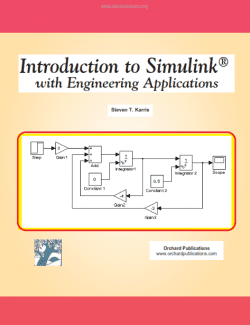




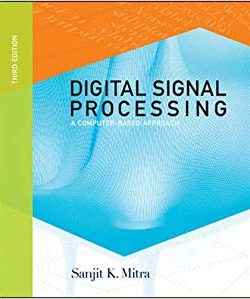

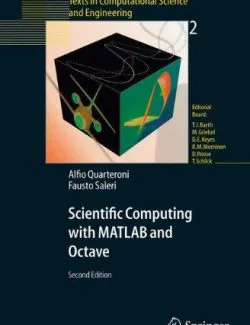
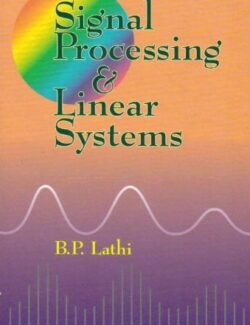
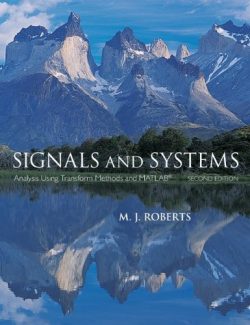
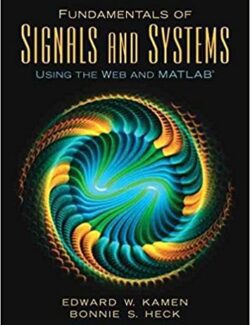

Leave us a comment
1 Comment